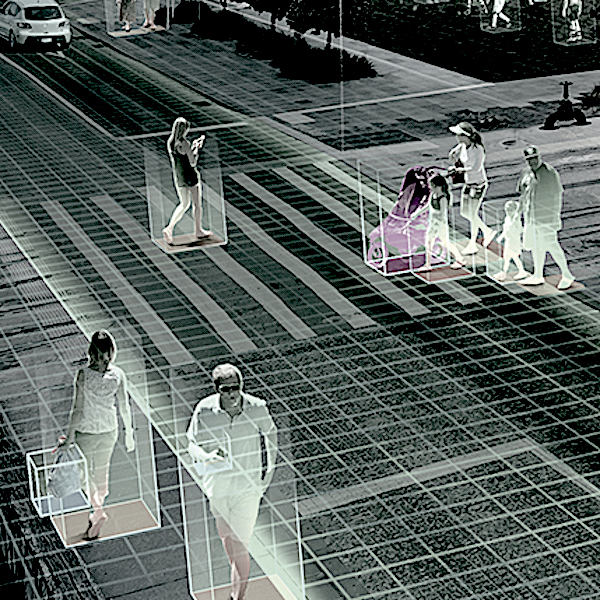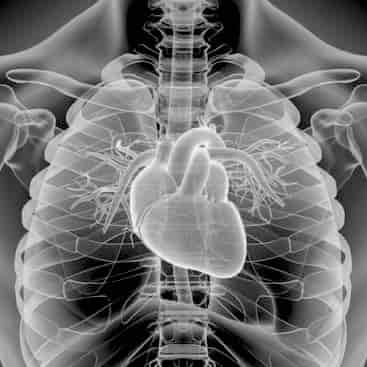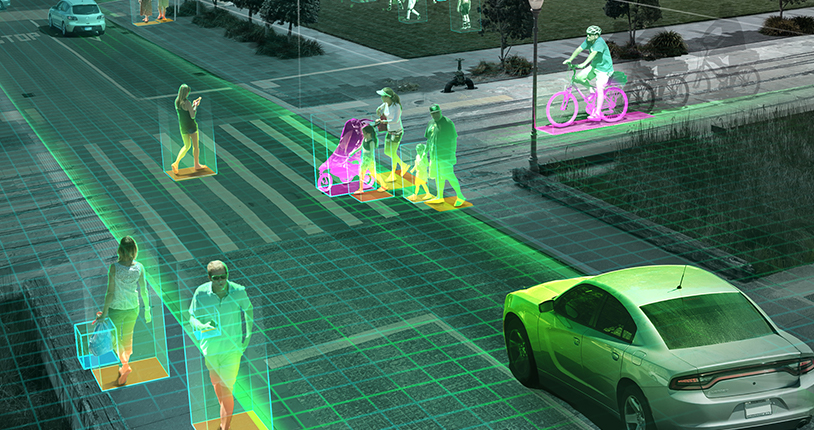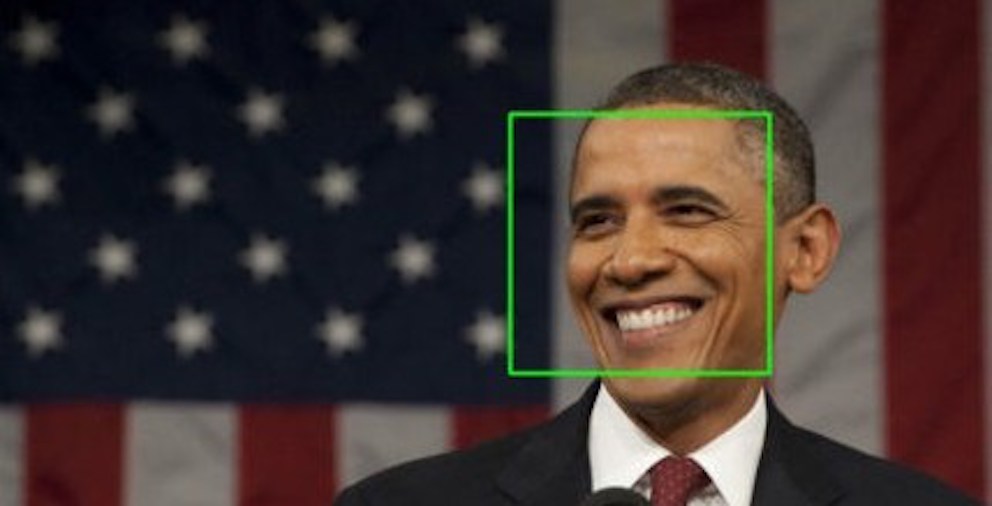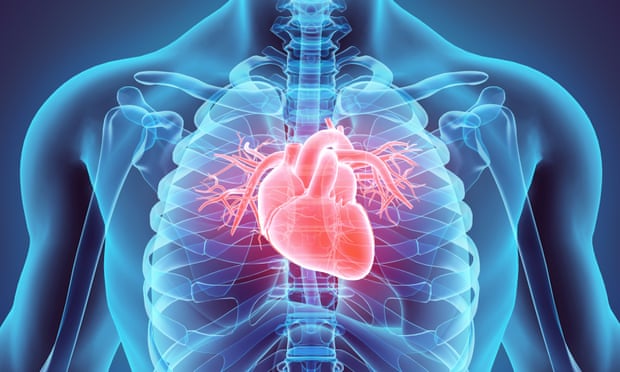
Whether it comes to management, data science or programming, I am always seeking innovative approaches to solve problems.
You can find a list of personal projects below, showcasing some of the technologies that I am passionate about, together with the links to more detailed documentation.
For a clear and concise representation of my past experiences, you can also check out my Linkedin.
If you still have some questions, I will be happy to have a chat!

